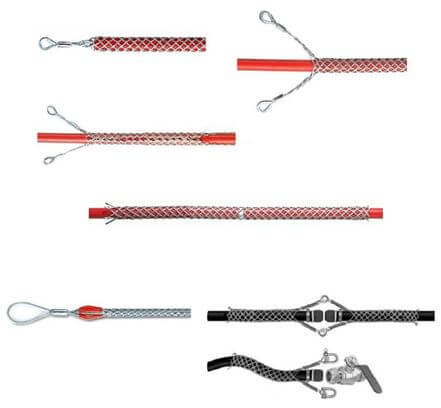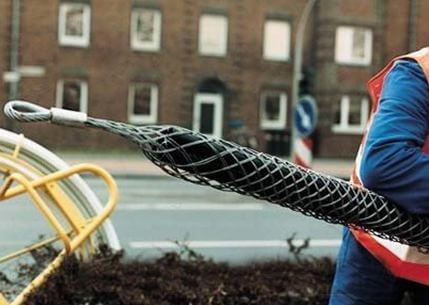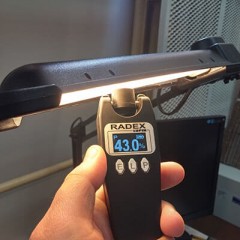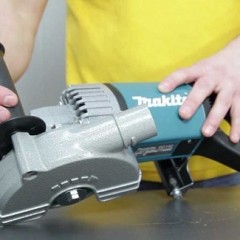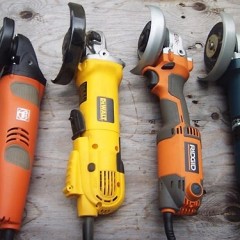Cable stockings for cable pulling
The main types of stockings
There are various types of such a tool. Which cable stocking will be used depends on the installation and cabling conditions.
The following device types are available:
- Standard or classic single loop. Used when pulling the cable to capture it from the front side. Their high strength is due to the double twist of the cable (steel).
- Standard with one pair of loops. Their purpose is the same as in classical devices, they are used in the ordinary stretching workflow. This cable stocking is elastic, making it easy to install.
- Passers with one loop. Such devices are used when it is necessary to stretch the wire in any accessible area while pulling the electric wire.
- Loop-through (detachable) with a pair of loops. They are used if it is impossible to fix the device at the end (for example, during sharp turns).
- Triple. Used to stretch three cords at once. The design of the mechanism is as follows: three elongated wires are connected by one loop.
- Side. It is used to temporarily take the electric wire from the side (from the front side).
- Transit or portable devices. With their help, individual conductors are connected.
- Light weight cable stocking. Used when the size of the wire is negligible. It can be television wires, indoor indoor wiring or fiber optic cables.
Instruction for use
The design of the device is simple, but, despite this, it has its own peculiarity and trick: the conductor easily enters the cable stocking, but it is very difficult to put it back. Below is a diagram of the acting forces that arise during the broach:
The large arrow on the right indicates the pulling force that results from pulling. The wires that are curled around the cable are stretched. The small vertical arrows show the compressive force that the wires create when they straighten. This compression occurs around the entire circumference of the device.
When the traction loads are very large, such a force in most cases deforms the outer sheath of the electrical wire without damaging it. Therefore, it is simply impossible to rip off such a stocking. After all, the more effort is applied, the more the mechanism contracts.When the traction force is exceeded, then, as a rule, it is not the device itself that breaks, but its ear or wire. The device remains intact in place.
The fixing screed, which is located on the tail of the device, also has a second value. This is provided that the screed is made correctly. The retracted load is practically not applied to it. But if it is necessary to pull the cable line back, this coupler plays a significant role. The tool is capable of not only pulling itself apart when pulling the cable, but also independently dissolving (unclenching) when removing it. If the screed is not in the mechanism or the clamp for fixation is not clamped, then it can easily slide off the wire during the return movement.
Cable routing underground requires special skills and tools. Therefore, such a tool as a cable stocking is very necessary and important in the process. With its help, you can not only quickly stretch the high-voltage line along the entire length of the route, but also use it as a gripping mechanism. But this is not the only mechanism that is necessary for laying an electric main, however, it is considered one of the main in this work.
Finally, we recommend watching a useful video on the topic:
Now you know what a cable stocking is, how to use this device and what its purpose is. We hope the information provided was useful and interesting for you!
Surely you do not know:

